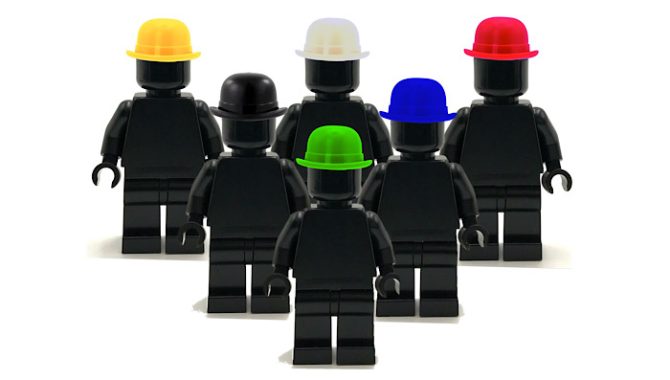—-
To stay in the loop with the latest features, news and interviews from the creative community around licensing, sign up to our weekly newsletter here

Creative consultant Deej Johnson on Edward de Bono’s most powerful creative technique…
Let me start with a confession! The first time I heard about Edward de Bono’s Six Thinking Hats, it sounded like namby-pamby claptrap. It turns out, though, that it’s a truly powerful tool… One that helps improve everything from team dynamics and creativity to time management and critical thinking. So… What is it?
In short, it’s a way of bringing flexible structure to your thinking. It was devised by the renowned psychologist Edward de Bono – the man that coined the phrase ‘lateral thinking’. Mr. de Bono noted that people habitually process their thoughts using six different styles. He metaphorically referred to these as hats… They include facts, emotions, positive thoughts – and critical ones.
Unfortunately, most people rarely make a distinction between these styles. That means one person on a team can be focussing on solutions even as their colleague is flaw finding… Similarly, one might be discussing facts while another merely says how they feel! This means most attempts to problem solve are nothing more than a mishmash of thoughts through which we try to muddle.
Six Thinking Hats addresses this. It helps you and your team routinely look at ideas, plans and solutions using all six thinking styles. As a result, ideas are more robust, meetings are shorter and people are more productive. Here’s how it works…
Whether you’re generating ideas on your own or in a brainstorm, you can call on the six thinking styles one at a time. You all focus on the same style of thinking until the meeting facilitator calls for the next colour. The six hats are…
Blue: Think of this as the ‘control hat’. It helps you think about thinking. For example, when someone explains Six Thinking Hats, or calls for a change of focus, they’re wearing the Blue Hat. So, “This is a Green Hat meeting…” is a Blue Hat statement!
White: The White Hat lets you present facts, figures, information needs and gaps. White Hat thinking means putting aside objections, opinions and emotions to just look at data.
Red: This lets you put forward feelings and instincts without justifying them. “I hate it!” is a Red Hat remark. The Red Hat gives full permission to declare feelings without any logic – it lets you say what you feel.
Black: A hat for flaw finding, thinking about caution, concerns, judgment – and playing Devil’s Advocate. This thinking style may seem negative but it’s essential… When you call for Black Hat thinking, you’re looking to find problems without yet expecting to solve them – or deny they exist!
Yellow: The positive hat. This style explores why things will work. Use it to find value in what’s already happened, and to look forward to the upsides and benefits of ideas and plans.
Green: This represents creativity, ideation, alternatives, interests, possibilities and change! So if you were brainstorming with a team, you’d almost certainly call for them to predominantly use Green Hat thinking. That is to say: there’d be no objections, facts, or opinions getting in the way of just coming up with ideas.
As you start to use Six Thinking Hats, you might wonder when it helps to use which hat. Here are some combinations to try. Do yourself a favour, though: buy yourself the book! Six Thinking Hats is available from all good book sellers. And some shit ones.
Design: Blue, Green, Red
New ideas: Blue, White, Green
Improving: Blue, Yellow, Black, Green
New client briefs: Red, Blue, White, Green
Full Creative: Blue, White, Green; Blue, Red, Black, Yellow; Blue, Green, Red, Blue
Enter your details to receive Brands Untapped updates & news.